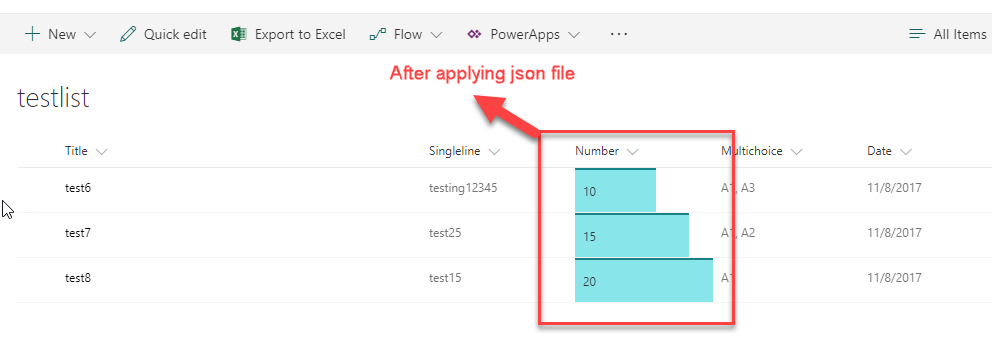

For example: - returns : SELECT JSON_ARRAY ( 1, 2, 'abc' ) JSON_ARRAY() function, which creates arrays. For example, our book tags can be passed as an array (inside a string): INSERT INTO `book ` ( `title `, `tags ` ) VALUES ( 'ECMAScript 2015: A SitePoint Anthology', '' )
Json compare table column format update#
Whole JSON documents can be passed in INSERT or UPDATE statements. This can either be the JSON returned by calling DataTable.toJSON() on a populated table, or a JavaScript object. You can create secondary indexes on generated virtual columns, but it’s easier and more practical to retain a value in a separate field if indexes are required. Optional Data used to initialize the table. Note that JSON columns can’t have a default value, be used as a primary key, be used as a foreign key, or have an index. Therefore, you can define a tags JSON field in your MySQL database’s book table: CREATE TABLE `book ` ( `id ` MEDIUMINT ( 8 ) UNSIGNED NOT NULL AUTO_INCREMENT, `title ` VARCHAR ( 200 ) NOT NULL, `tags ` JSON DEFAULT NULL, PRIMARY KEY ( `id ` ) ) ENGINE = INNODB It’ll work, but it’s cumbersome and considerable effort for a minor feature. Each of these views lists the column name, data type, and format ( TEXT or BINARY ) the table or view. select from jsontable( jsonvar, '' columns( all clob format json path '', phones clob format json path '.phones', phone0 clob format json path '.phones0', type clob format json path '.phones0. a tagmap table with many-to-many records mapping book IDs to tag IDs You can create a table that has JSON columns.So, instead of, you need to use the indexOf function.



 0 kommentar(er)
0 kommentar(er)
